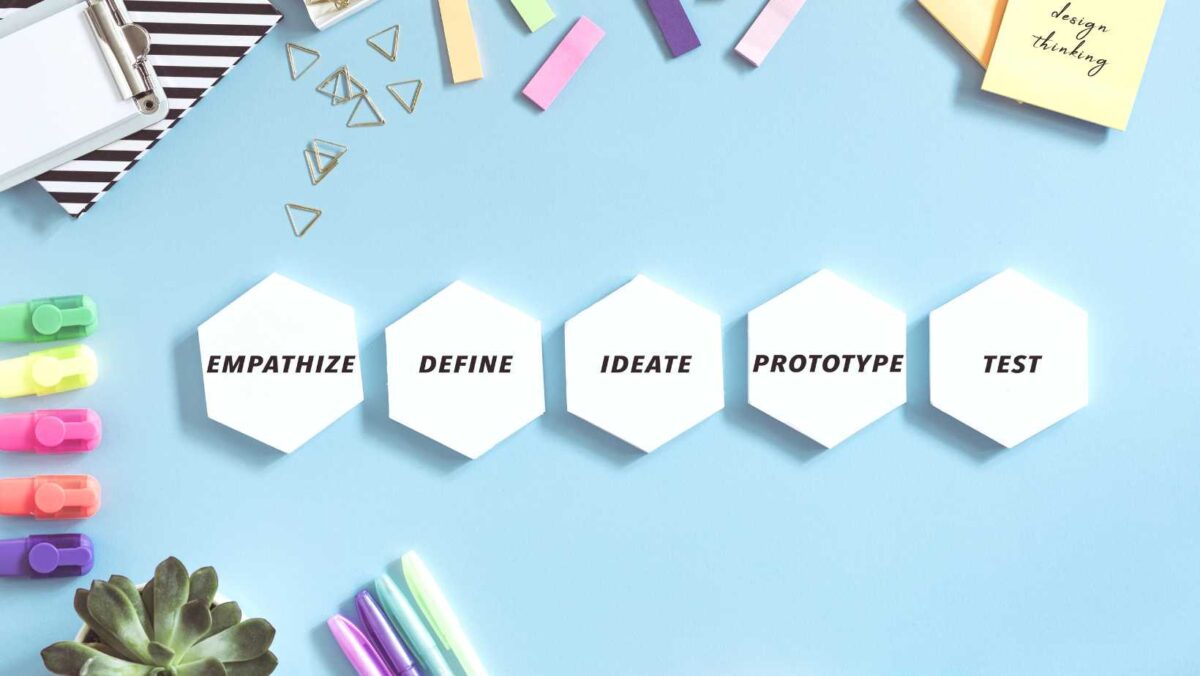What Question Should You Ask When Deciding Which Device to Design for First?
In the ever-evolving world of technology, deciding which device to design for first can be quite a conundrum. As an expert blogger in this field, I’ve come across this question time and again. It’s not as straightforward as you might think – it goes beyond personal preference or the latest market trends.
The key factor that should influence your decision is your target audience. Who are they? What devices do they primarily use? You need to understand their habits and preferences to make an informed choice. If you’re designing for a younger demographic who spend most of their time on smartphones, then it makes sense to prioritize mobile design.
Additionally, consider the nature of your product itself. Is it something users would typically access on-the-go (like a fitness tracker), or does it require more engagement (like a detailed gaming application)? Answering these questions will help guide your decision about which device to focus on first during the design process.
Understanding the Importance of Device Selection
When it comes to design, selecting the right device can make a world of difference. It’s not just about aesthetics or convenience; it’s about reaching your target audience effectively and delivering an experience that resonates with them.
Key Questions to Ask When Choosing a Design Device
Before you dive into designing, there are some essential questions you should be asking yourself:
- What devices does my target audience typically use?
- What is the primary function of my product or service?
- How will different devices impact user interaction?
By answering these questions, you’ll have a better sense of which device should take precedence in your design process.
The Role of Device Selection in Design Prioritization
Choosing which device to prioritize isn’t just about popularity or personal preference. Instead, it’s based on understanding your users’ behavior and preferences. For instance, if your target demographic predominantly uses smartphones for online activities, then mobile-first design would be logical. On the contrary, if they’re more inclined towards desktops for their digital needs, prioritizing desktop-based designs makes more sense.
How the Right Device Choice Impacts Your Design Outcome
The decision on device selection can heavily influence the success of your design project. Selecting the appropriate device ensures that users get maximum functionality out of what you’ve created. For instance, let’s say you’re building an e-commerce platform: If most users shop using their smartphones but you’ve prioritized a desktop-first approach, shoppers might find it challenging to navigate through and eventually abandon their carts due to frustration.
In essence, understanding which device to focus on first provides direction for your design strategy and helps ensure optimal user experience—making this choice one crucial aspect in any successful project!

Identifying Your Target Audience’s Preferred Devices
Choosing the right device to design for first can be a tricky task. It’s crucial to identify what devices your target audience prefers. This will not only enhance their user experience but also save you time and resources in the long run.
Let’s dive into some questions that’ll help shape your decision-making process.
Firstly, ask yourself, “Who is my target audience?” Understanding who they are, their age group, occupation or hobbies can provide valuable insight into their preferred device usage. For instance, younger audiences might lean more towards mobile devices while a professional demographic could favor desktops.
Next question to consider is, “What is the primary function of my product or service?” If it’s an app designed for quick updates on the go, designing for mobile first might make sense. But if it’s a software requiring detailed interaction and larger screen size, desktop might be your best bet.
Now that we’ve covered these points let’s move onto some research methods that you can utilize:
- Surveys: Ask direct questions about device preference.
- Data Analysis: Use data from previous products or general market trends.
- User Testing: Test design concepts on various devices and gather feedback.
Remember though; there isn’t always one correct answer. The device you should design for first depends entirely on who your users are and how they’ll interact with your product or service. Don’t hesitate to adapt as you learn more about them!

